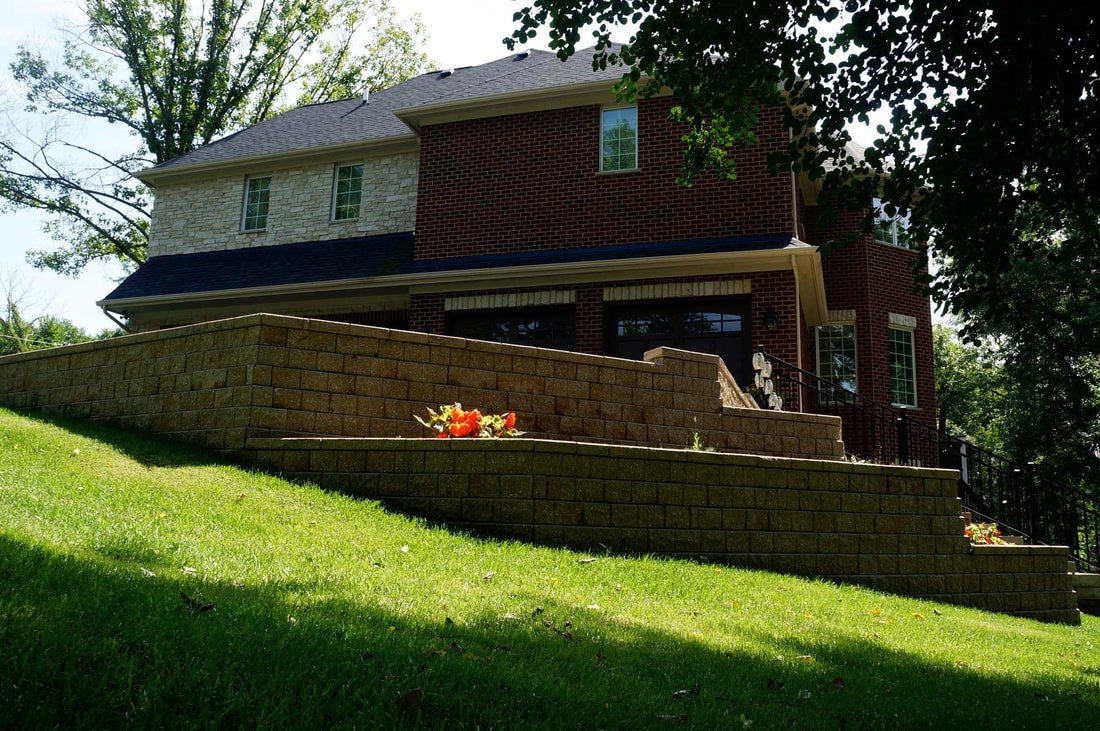Common Retaining Wall Problems and How to Prevent Them in Naperville, IL
A retaining wall can fall victim to a variety of environmental and structural challenges that may lead them to leak, crack or bulge. Don’t let this happen to your Naperville, IL, property. Careful forethought and being able to recognize the warning signs of retaining wall failure are needed to prevent your walls from toppling. Here are some of the common culprits that cause retaining wall problems.
An Unreliable Foundation
Retaining walls require a sturdy foundation, just like any and every other vertical structure in your hardscape. Without a proper foundation, structures are more likely to crack or collapse. It is crucial to build upon soil that is thoroughly compacted and investigated for discrepancies in structural properties. The footing of your retaining wall should be buried deep enough to withstand the weight of saturated soil and sit safely below the frost line in preparation for any particularly cold winters. If there’s a need to reduce pressure on your retaining wall, a contractor could extend the toe of the footing or regrade to reduce the height of the retaining wall.
Inadequate Drainage
Saturated soil is one of the main culprits of retaining wall problems. When water accumulates in the soil or backfill, it increases the weight of the earth and the pressure it exerts on the retaining wall. This increased strain may be more than the wall was designed to support and can cause it to fail. Ensure that your landscape has adequate drainage, with water always moving away from your vertical structures like retaining walls. Regrading the area around your retaining walls can help to direct water away from these structures and prevent the damaging buildup of pressure around them. Materials like crushed gravel can be used in the backfill to prevent its saturation and weep holes can be drilled to increase the surface drainage of the surrounding area.
Greater Loads Than Expected
Effective communication between contractor and homeowner is absolutely essential in the construction of structures suited to the homeowner’s particular needs. When the contractor isn’t aware of what a particular structure will be used for, it may be designed to bear a different weight load than what will be necessary. If your retaining wall wasn’t built to serve as additional seating space in a pinch, then using it for that purpose may cause it to lean over time. If you notice that your retaining wall is taking some strain, you may want to look into strengthening it by extending its footing or laying concrete to thicken its base. Installing anchors or tiebacks can also provide additional support to the structure.
Inadequate Construction
There’s a time and place for saving a quick buck—and the installation of your retaining walls is not it. Refrain from opting for inexperienced, unlicensed or poorly reviewed contractors for the promise of a cheaper bill. These companies are more likely to use inadequate materials, like cheap mortar and steel reinforcement, making your retaining walls more prone to failure. Should you notice that your existing retaining walls lack integrity and proper craftsmanship, consider whether excavating and inserting tiebacks would help to secure them. However, subpar construction is likely to present recurring problems, and it is often better to rebuild from scratch.

